Looking for tutorials to boost FPS and improve your performance while playing Diablo II: Resurrected? Here’s a helpful one for you! In this tutorial, we’ll guide you through the steps to get more FPS.
Try these methods
You may not need to try them all; simply work your way down the list until you find the one that works for you.
- Enable the game mode
- Disable startup programs
- Update your graphics driver
- Enable high performance power plan
- Enable hardware-accelerated GPU scheduling
- Tweak in-game settings

1. Enable the game mode
Game Mode is a feature that is designed to optimize Windows 10 for gaming. Players who have the latest Windows version can benefit from this feature as it deactivates background activities like app notifications to help your computer boost FPS in your game. So definitely turn it on.
- On your keyboard, press the Windows logo + I keys simultaneously to open Settings.
- Click Gaming.

- Select Game Mode. Then turn Game Mode On.
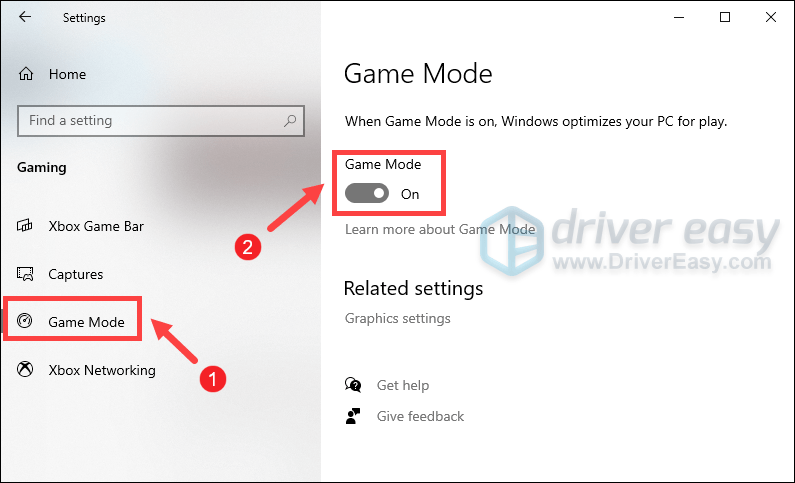
After applying the changes, play Diablo II: Resurrected. If you’re still getting low FPS, don’t worry. Below are some other methods for you to try.
2. Disable startup programs
Having too many programs starting automatically can actually slow down your PC. To boost your gaming performance, you should disable them and this can free up precious RAM. Follow the instructions below to do so.
- On your keyboard, press the Windows logo + R keys simultaneously to open the Run box.
- Type or paste taskmgr and press Enter.
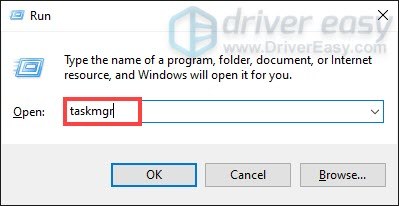
- Select the Startup tab. Right-click the programs that you want to stop from opening automatically and select Disable.
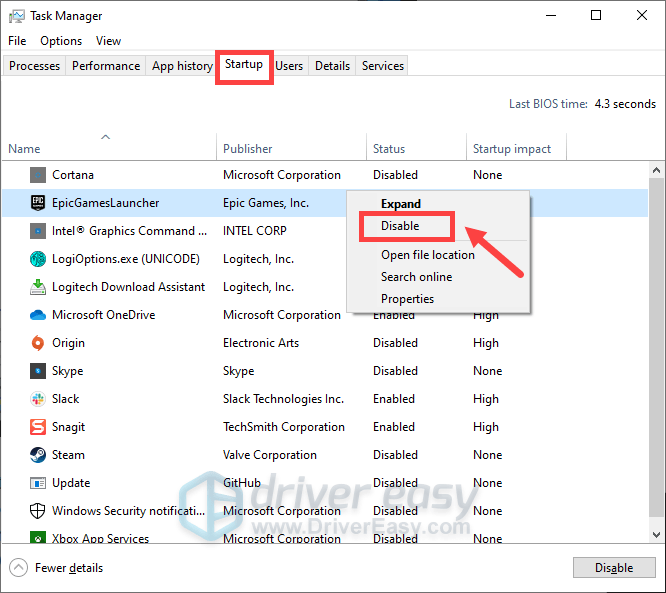
After you’ve done these, restart your PC and launch your game. If your problem persists, move on to the next method.
3. Update your graphics driver
Your graphics card is the core of your PC gaming experience. And it requires the latest driver to keep it working faster and better. If the driver is corrupted or outdated, you would encounter performance issues. Therefore, to troubleshoot the problem you’re having, you need to make sure that you update your graphics driver to the latest version.
There are mainly two ways you can update your graphics drivers: manually and automatically.
Option 1 – Manually update your graphics driver
To update your graphics driver manually, you can go to the official website:
Then find the driver corresponding with your Windows version and download it manually. Once you’ve downloaded the correct driver for your system, double-click on the downloaded file and follow the on-screen instructions to install it.
Option 2 – Automatically update your graphics driver (recommended)
If you are not familiar with computer hardware, and if you don’t have the time to update your graphics driver manually, you can, instead, do it automatically with Driver Easy.
Driver Easy will automatically recognize your system and find the correct driver for it. You don’t need to know exactly what system your computer is running or risk downloading and installing the wrong driver, and you don’t need to worry about making a mistake when installing.
Here’s how to update your drivers with Driver Easy:
- Download and install Driver Easy.
- Run Driver Easy and click the Scan Now button. Driver Easy will then scan your computer and detect any devices with missing or outdated drivers.
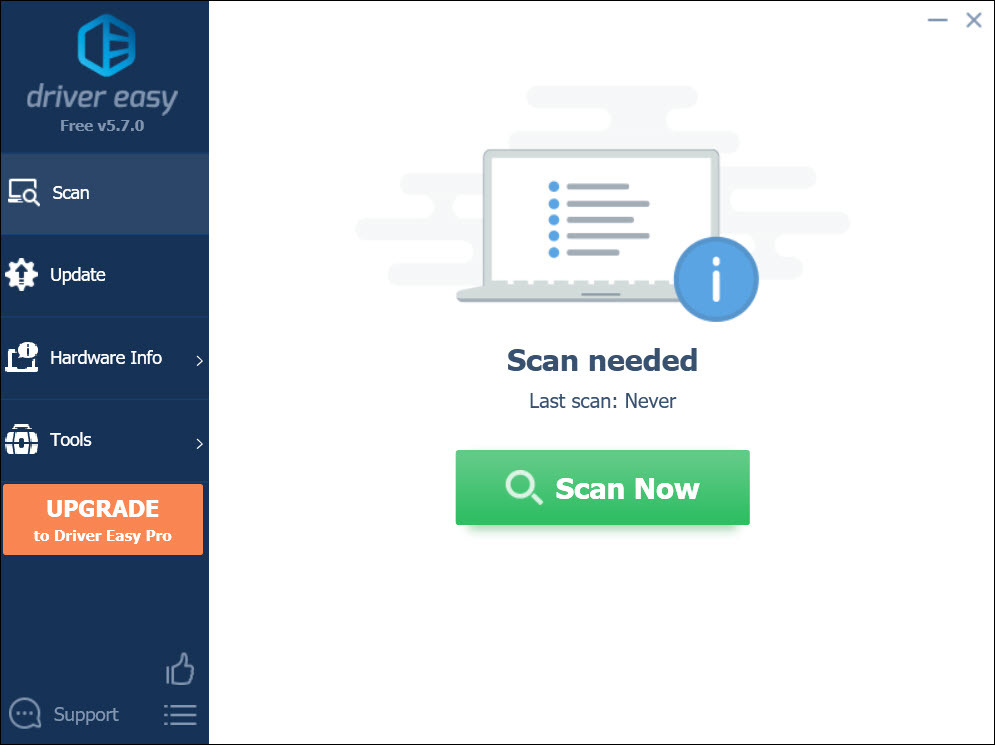
- Click Update All. Driver Easy will then download and update all your outdated and missing device drivers, giving you the latest version of each, direct from the device manufacturer.
(This requires the Pro version which comes with full support and a 30-day money-back guarantee. You’ll be prompted to upgrade when you click Update All. If you don’t want to upgrade to the Pro version, you can also update your drivers with the FREE version. All you need to do is to download them one at a time and manually install them. )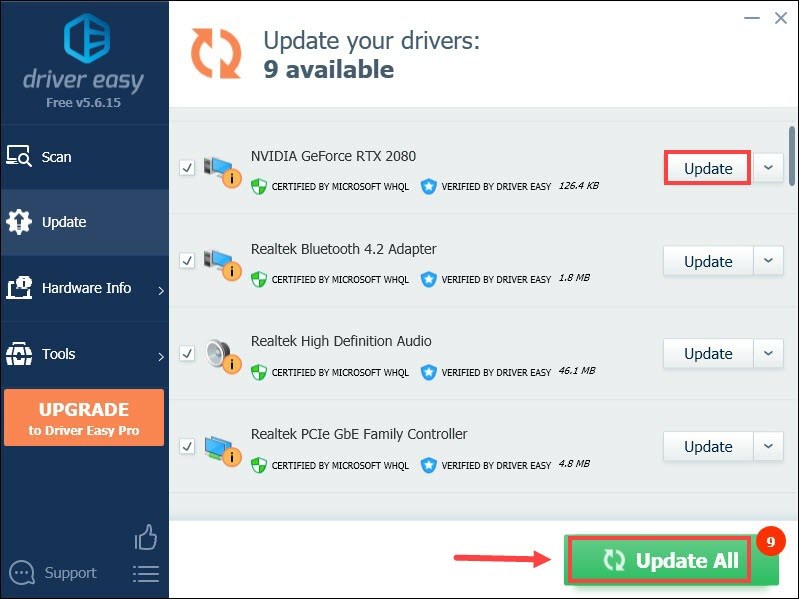
After updating drivers, restart your computer and play Diablo II: Resurrected to check if you get more FPS. If your problem persists, try the next method below.
4. Enable high performance power plan
When you play graphics demanding games, we usually recommend you select the high performance power plan. This can help you improve your performance. Here’s how to do this:
- On your keyboard, press the Windows logo + R keys simultaneously to open the Run box.
- Type or paste powercfg.cpl and press Enter.
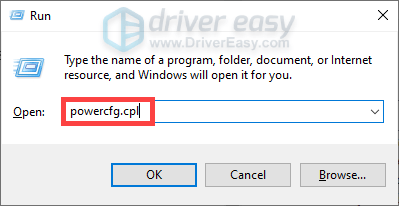
- Tick High performance. If you don’t see this option, click the down arrow next to Show additional plans.
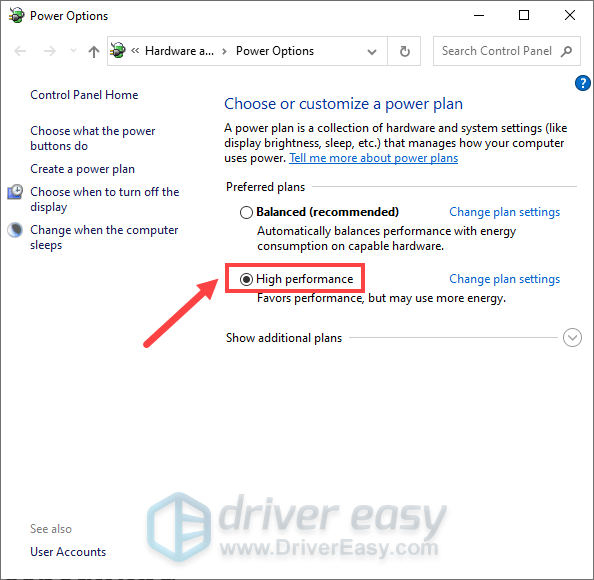
Then restart your PC and check if you can get more FPS.
5. Enable hardware-accelerated GPU scheduling
Hardware-accelerated GPU scheduling is a feature that comes with a recent Windows update designed to boost in-game FPS. If you have the latest Windows version, a Geforce 10 series or later/ Radeon 5600 or 5700 series graphics card with the latest driver, you can enable this feature and see if you can notice a performance improvement.
- Right-click on the empty space from your desktop and select Display settings.
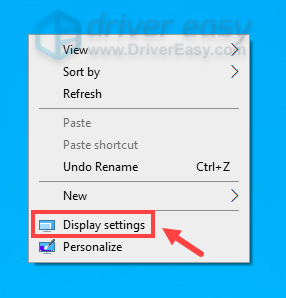
- Scroll down. Find Graphics settings and click on it.
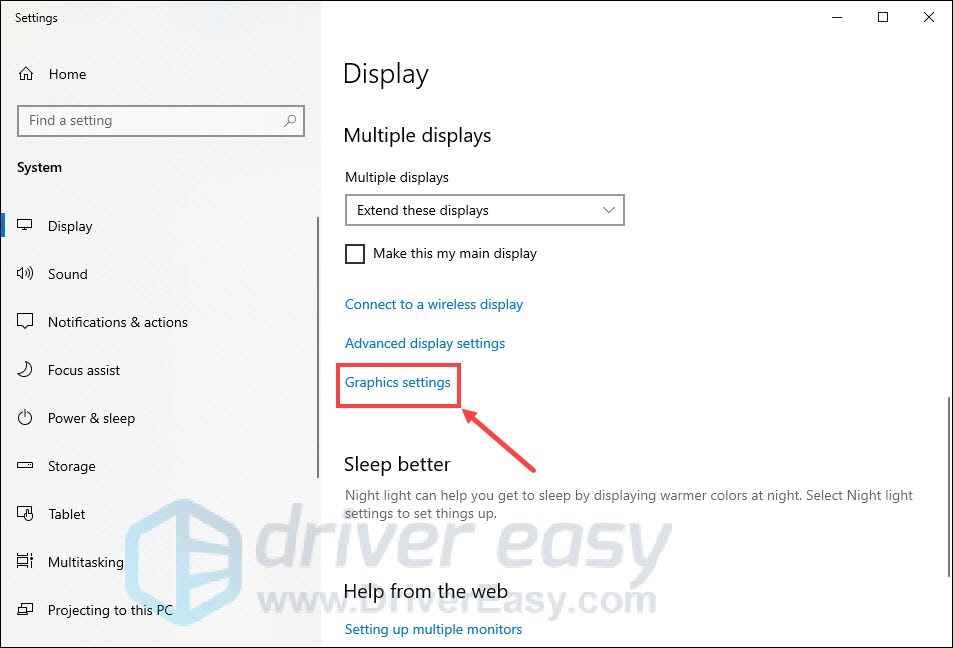
- Under the Default settings section, click Change default graphics settings.
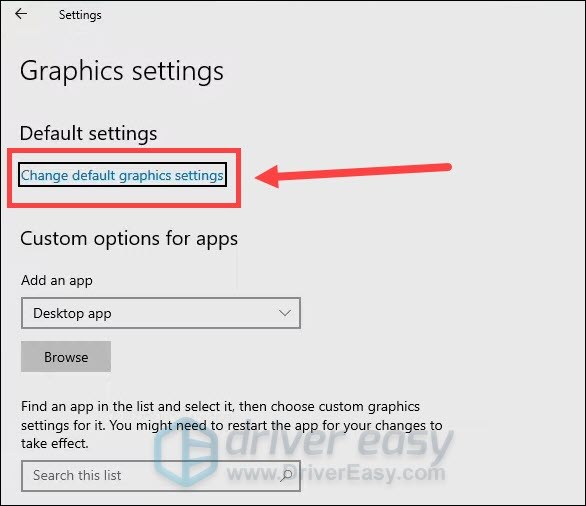
- Turn on Hardware-accelerated GPU scheduling.
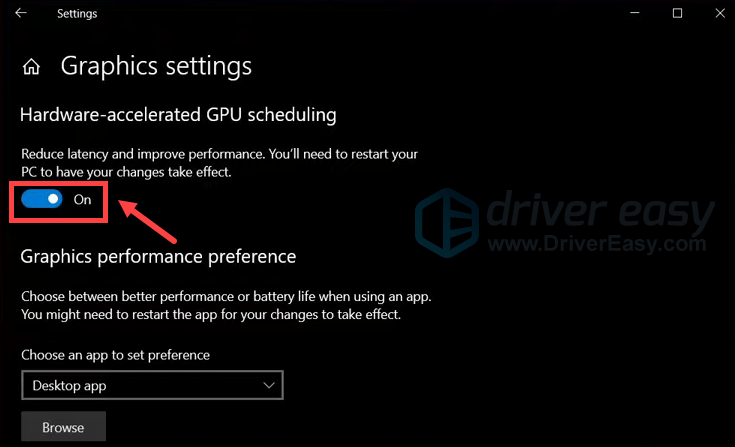
Then restart your computer for the changes to take full effect. If this doesn’t do the trick, try the next method below.
6. Tweak in-game settings
Most games have tons of hidden settings that can drastically improve your gaming experience. For Diablo II: Resurrected, below are the settings you can change.
- Launch your game and go to Options.

- Under the VIDEO tab, adjust the following settings:
DISPLAY MODE: Fullscreen
RESOLUTION: your native resolution (If you have no idea what your screen resolution is, refer to this post. )
ANTI-ALIASING: FXAA or Off
(If you choose SMAA T2x, it’s taking a lot of resources. If you turn off this option, you may be able to get another 2-3% FPS boost. )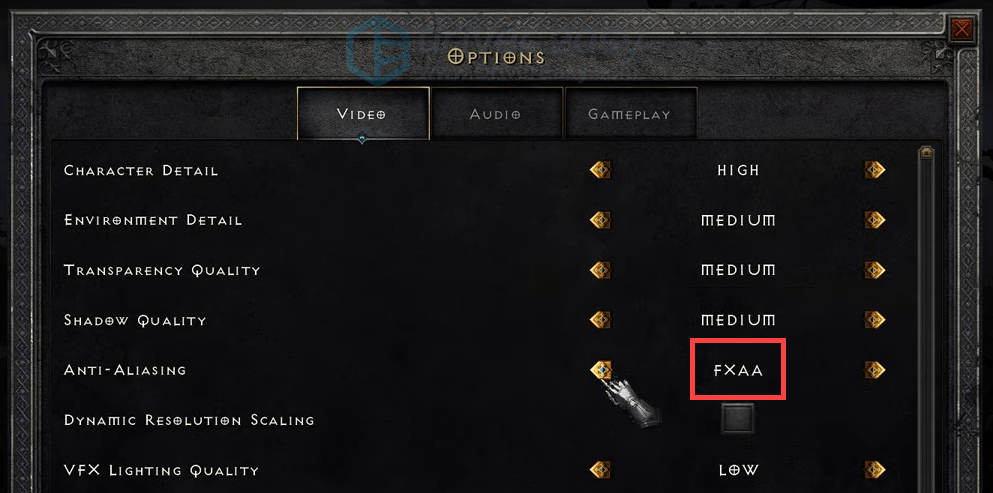
After applying the changes, play Diablo II: Resurrected and you should be able to enjoy your game to the fullest.
So these are some tips and tricks to boost performance on Diablo II: Resurrected. Feel free to drop a comment below to let us know any fixes listed above worked for you. We also welcome alternate methods in case you’ve found one that did the trick.





